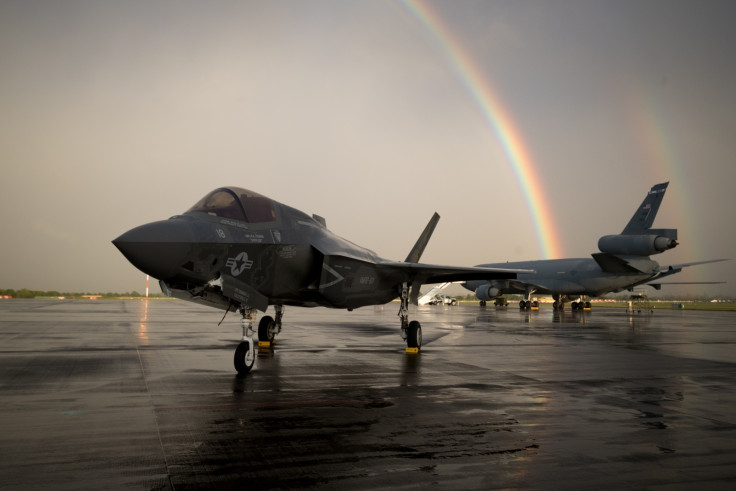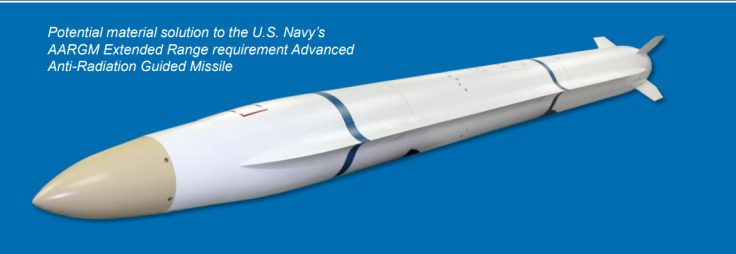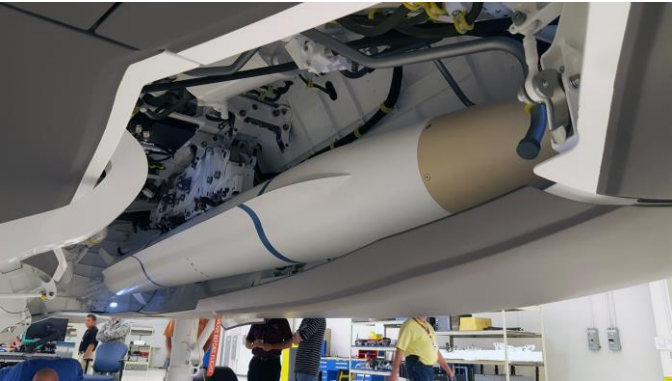US Navy recruits Orbital ATK to build anti-air defence missiles for its F-35 joint strike fighters
The new system will need to strike air defence emitters and take them out from a distance.

The US Navy has roped in Northrop Grumman (NG) to build missiles that can get through ever-widening and powerful enemy integrated air defence systems.
Orbital ATK, now operating under NG, will begin the development of the missile which needs to work with the F-35 joint strike fighter, reports the War Zone. Called Advanced Anti-Radiation Guided Missile - Extended Range (Aargm-er), the missile will need to target and destroy air defence units.
Aargm-er will first be designed to be carried by the Navy's F-35C class fighters and will eventually get to the Air Force's F-35A class planes. It might even reach other platforms at a later stage.
The announcement was made by Orbital ATK but the actual value of the contract was not disclosed. Aargm-er will be a supersonic, air-launched tactical missile specifically for the destruction of enemy air defence. Aargm-er will be an upgrade to the AGM-88E legacy missile system with additional rocket engines and a tail control system. The missile will fit within the fighter's weapons bay carriage.

"This contract is a major step in Orbital ATK's ongoing commitment to advancing AARGM's counter-air defence capability for the US Navy," said Cary Ralston, Vice President and General Manager of Orbital ATK's Defence Electronic Systems division of the Defence Systems Group. "We are committed to increasing the effectiveness of the warfighter to suppress and destroy enemy air defence threats while remaining safe."
The navy, which has reportedly been working on upgrades to the AGM-88E system since 2015, sought more than $180m for the programme in its budget for 2018.
The Aargm-er is an all-new weapon with a new outer shell and body, but a significant amount of the ageing AGM-88E system has been carried over. The extensive modifications to the AGM-88E's externals were necessitated by the navy's push for longer range, better resistance to enemy air defences, and something that would fit inside F-35C's weapons bay, which is not very large.
The weapon is expected reach its initial operational capability by 2022 or 2023.






















